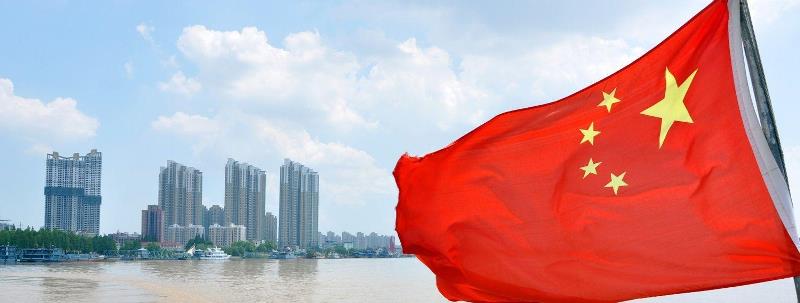 China Economy
China Economy
China faces huge capital outflows: US-based trade association
Washington/Beijing: According to the Washington based trade association Institute of International Finance (IIF), China recorded the largest quarterly capital outflows on record in the first quarter of 2022 due to Covid-19 induced lockdowns and depreciation of Yuan.
During the period investors sold equities and bonds in bulk, with local currency bonds accounting for most of the outflows. Portfolio outflows consisting of government and development bank bonds started in February and picked up in March.
Russia also sold part of its estimated USD 70 billion in reserves allocated to China which was also partly responsible for the huge outflow.
Investors have been pulling out of China, the world’s second largest economy, owing to geopolitical tensions caused by the Russia-Ukraine war, leading to business risks.
China recorded USD 17.5 billion worth of portfolio outflows in March, an all-time high.
The outflows included USD 11.2 billion in bonds, while the rest were equities. The extent of capital outflows has come to an alarming level.
April was the third straight month of substantial outflows. Over the three months, foreign investors reduced their holding by about Yuan 301.4 billion equivalent to USD 45.03 billion.
Foreign investors have dumped Chinese equities and bonds at a rapid pace over the past three months, while the Yuan has come under strong depreciation pressure.
The last time China experienced such severe capital flight was during 2015-17 and it was only halted by heavy capital controls and the release of forex reserves.
Besides selling government bonds, foreign investors have dumped Chinese equities, resulting in a stock market rout that has prompted officials to pledge support for markets and the economy.
The “unprecedented” rate of capital outflows has alarmed officials in Beijing and led President Xi Jinping to warn of negative policy spillover from “some countries”.
Investors have withdrawn money from China due to market expectations of further interest rate hikes by the US Federal Reserve, the Omicron outbreak in China and the Russia-Ukraine war, and observers have warned that any misstep during the US Federal Reserve’s current rate cycle could come at a heavy cost to the Chinese economy.
Recently, in a move to tame inflation, US Federal Reserve chair Jerome Powell, increased interest rates by 50 basis points and interest rates are forecast to spike above 2 percent from the current level of 0.25-0.5 percent.
In addition to hiking rates, the Fed has a plan to downsize its record high USD 9 trillion worth assets in its balance sheet and could resort to shedding them in coming months.
Admitting the grave situation, former vice-finance minister of China, Zhu Guangyao said that “the current US monetary policy adjustment is undoubtedly unprecedented in terms of scale and pace and this is the biggest pressure we are now facing.”
A bleak economic outlook caused by China’s hard-line zero-Covid strategy and a vanishing yield advantage over US Treasuries is also putting pressure on the Yuan.
In the last week of April, Yuan weakened by nearly 2 percent against the US dollar in the onshore market and surpassed 6.6 per dollar in offshore trading.
To control the volatility of Yuan, the People’s Bank of China (PBOC) cut banks’ foreign exchange reserve requirements by one percentage point to 8 percent from May 15, to release about USD 10 billion into the market.
Chinese authorities have taken a variety of precautionary measures to guard against capital flight, as well as corporate loss on stock exchanges and market panic.
The State Administration of Foreign Exchange (SAFE) cracked down on foreign exchange market manipulation a year ago.
Since then, it has worked to persuade exporters to stay neutral to exchange rate risks, asking them to better manage their foreign exchange exposure and use hedging tools.
The battle lines have also been extended to overseas casinos, underground banking and bitcoin transactions.
Concern over capital outflows and the Yuan-US dollar exchange rate – a gauge for external shocks – comes against a backdrop of dramatic changes in the Chinese economy over the past six months.
International investment banks such as UBS and Nomura have slashed their economic growth forecasts for China.
The International Monetary Fund also cut its 2022 estimate for the country from 4.8 percent to 4.4 percent, well below Beijing’s annual target of “around 5.5 percent”.
Amid dimming economic growth prospects, many foreign investors are fleeing the Chinese market.
Support Our Journalism
We cannot do without you.. your contribution supports unbiased journalism
IBNS is not driven by any ism- not wokeism, not racism, not skewed secularism, not hyper right-wing or left liberal ideals, nor by any hardline religious beliefs or hyper nationalism. We want to serve you good old objective news, as they are. We do not judge or preach. We let people decide for themselves. We only try to present factual and well-sourced news.







